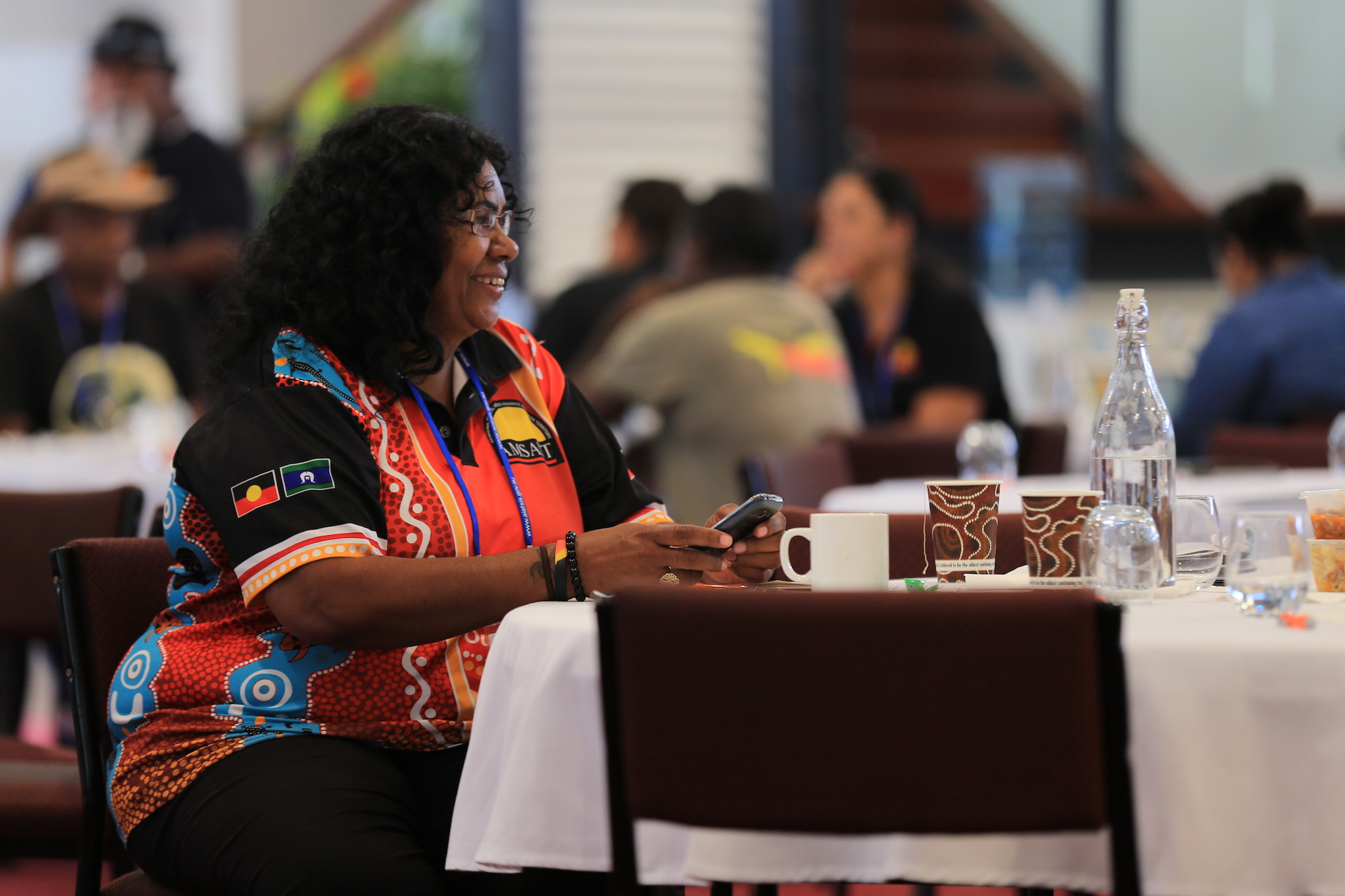This past weekend delegates from across the Kimberley and Pilbara came together at the Broome First Nations Regional Dialogue to discuss constitutional reform.
The Broome Dialogue is the second in a series of twelve Aboriginal led and Aboriginal designed dialogues seeking Aboriginal and Torres Strait Islander peoples views on constitutional reform.
The Broome Dialogue was attended by a diverse cross section of the community based on age, gender and traditional owners representing cultural authority. It was hosted by the Kimberley Land Council.

Views were shared on constitutional recognition including an Indigenous voice to the Parliament, a non-discrimination clause, amending the race power, removing section 25 and agreement-making.
Delegates strongly supported having an Indigenous voice to Parliament to give First Nations peoples a greater say in government decision-making on matters that affect them and their rights. There was an agreed view that the body must not be appointed or handpicked by government.
It was agreed that the goal of recognition was ‘First Nation Building’, meaning that the point of recognition was to recognise and empower the First Peoples of Australia.
Dialogue Co-convenor Nolan Hunter said: “This is a Nation building exercise. Constitutional reform is no magic bullet; but it's about compelling government to act so we can rebuild our Nations. This is about more than just words, this is about ‘doing’. It goes further, for example, than the Apology, the anniversary of which we mark this week, because ‘sorry’ is not a doing word. Change is not in the saying, it is in the doing and that is the opportunity we have now.”
The Constitution contains a power enabling the Australian Parliament to make special laws for the people of any race. This is known as the ‘race power’. If this race power is amended, and this was not seen as a priority, delegates at the Broome Dialogue believe the changes must ensure that laws are made for the benefit of a people – even if that doesn't guarantee a positive outcome from the court, it gives legislators and courts some direction.
Acknowledgement or a statement of recognition is a complex issue and as a result was the subject of divergent views. It was supported by some and raised concerns for others. Those who supported acknowledgement did so on the condition it was combined with more substantive reforms, such as the Indigenous voice to Parliament.
No group put forward a single proposal as a priority. All put forward a package of proposals as their preferred option. Delegates pointed out that deleting the word “race” in the Constitution does not remove racism from the Constitution. “This is not an exercise in tidying up the past, we are interested in shaping our future,” Referendum Council Co-Chair, Pat Anderson said.
Delegates agreed that to say “Yes” to constitutional change would mean yes to broader change. This package will involve legislative and textual changes to the Constitution.
The Dialogues will culminate in the National Indigenous Constitutional Convention in Uluru commencing 24 May 2017. A number of representatives nominated at each Regional Dialogue will attend the National Convention and help finalise the proposals to be pursued.
The group present at Broome were of the view that a process of negotiations, led by First Nations representatives from the National Convention, must be undertaken before holding a referendum.
About the Referendum Council
The Referendum Council was jointly appointed by the Prime Minister Malcolm Turnbull and Leader of the Opposition, Bill Shorten on 7 December 2015.
The Referendum Council’s job is to advise the Prime Minister and Leader of the Opposition on progress and next steps towards constitutional reform.
The Regional Dialogues are designed to ensure the views of Aboriginal and Torres Strait Islander peoples are heard through this process.
A discussion paper has been released that outlines the main questions for Australians to consider. This paper does not prescribe an answer or preferred model.